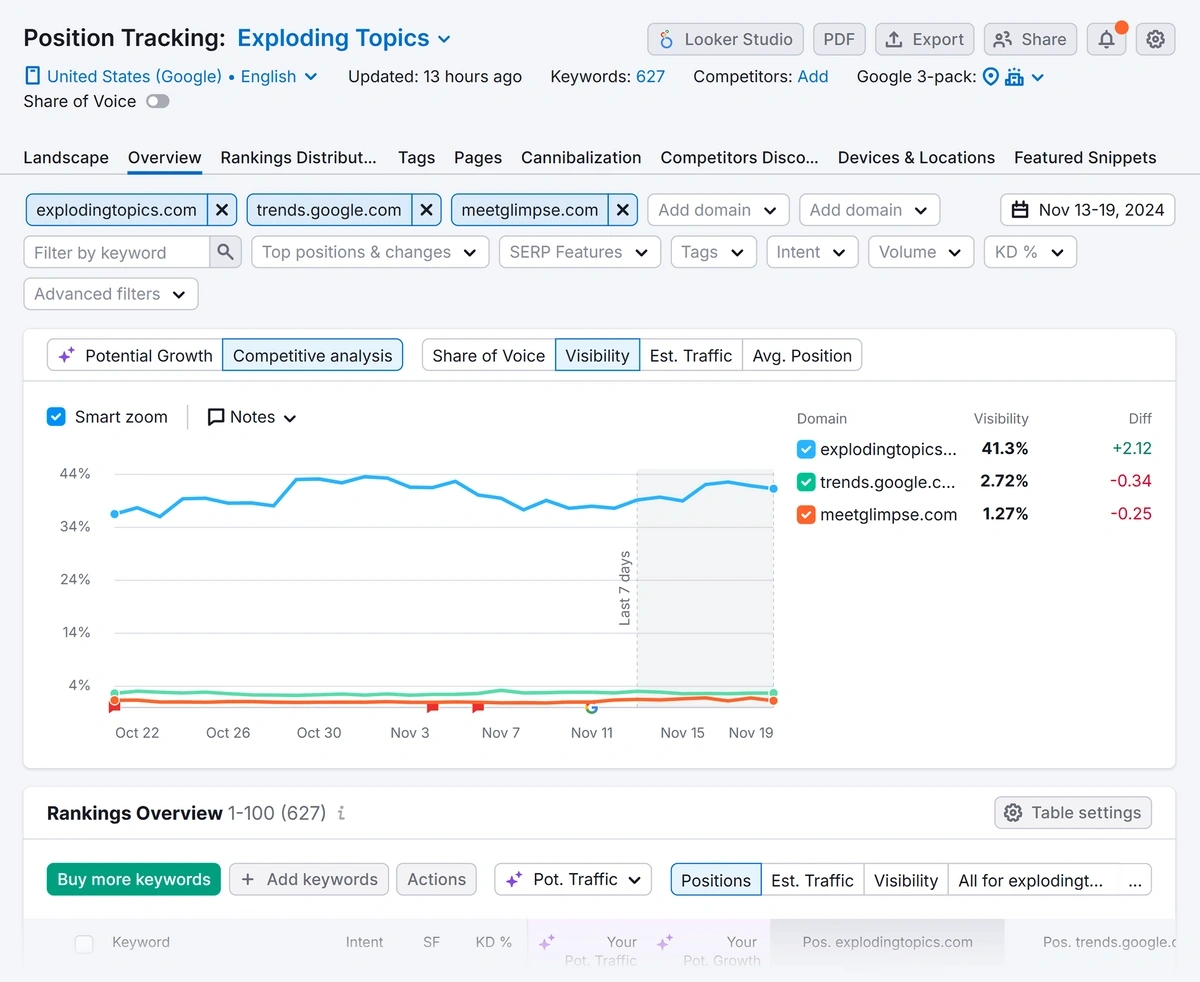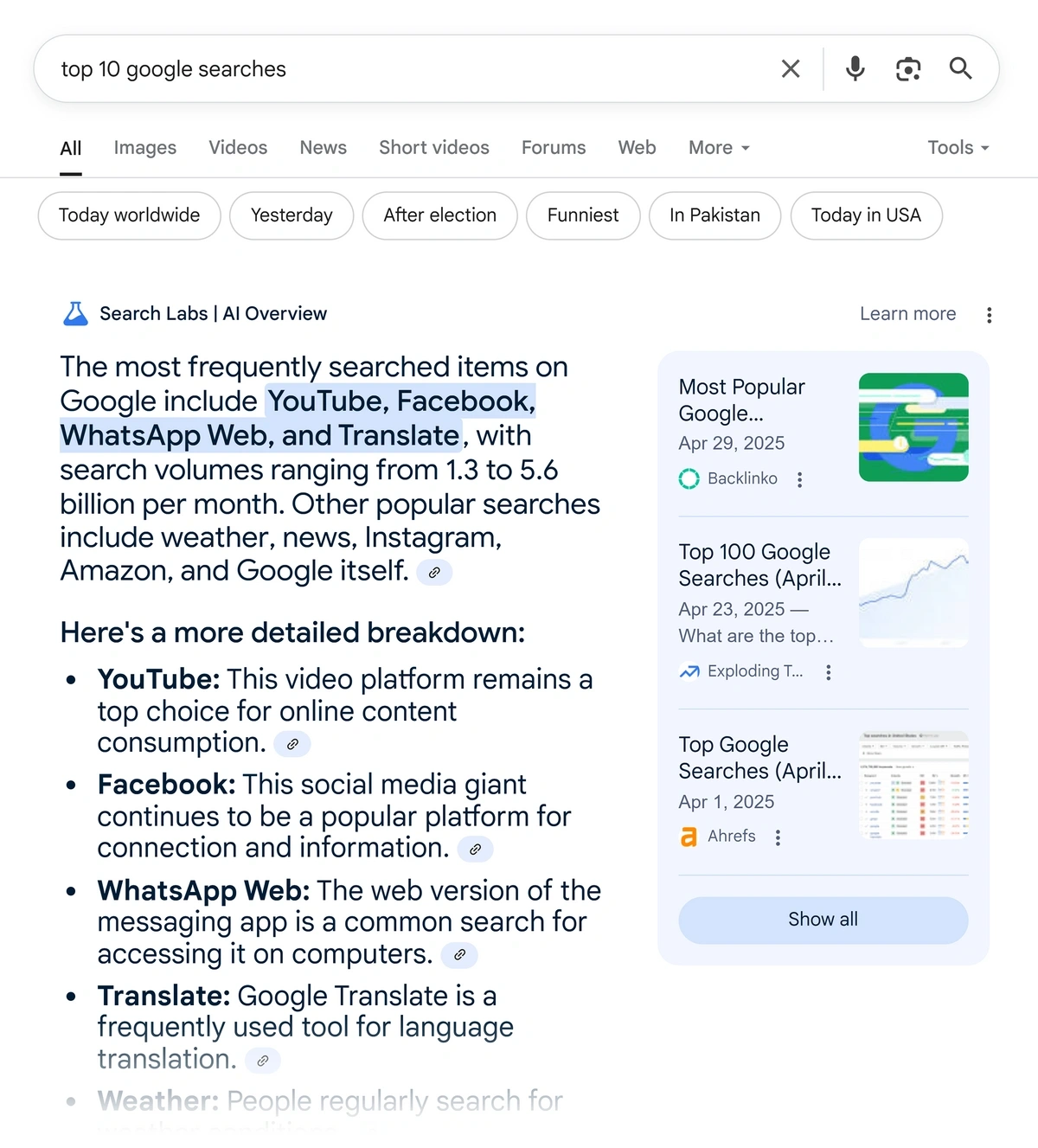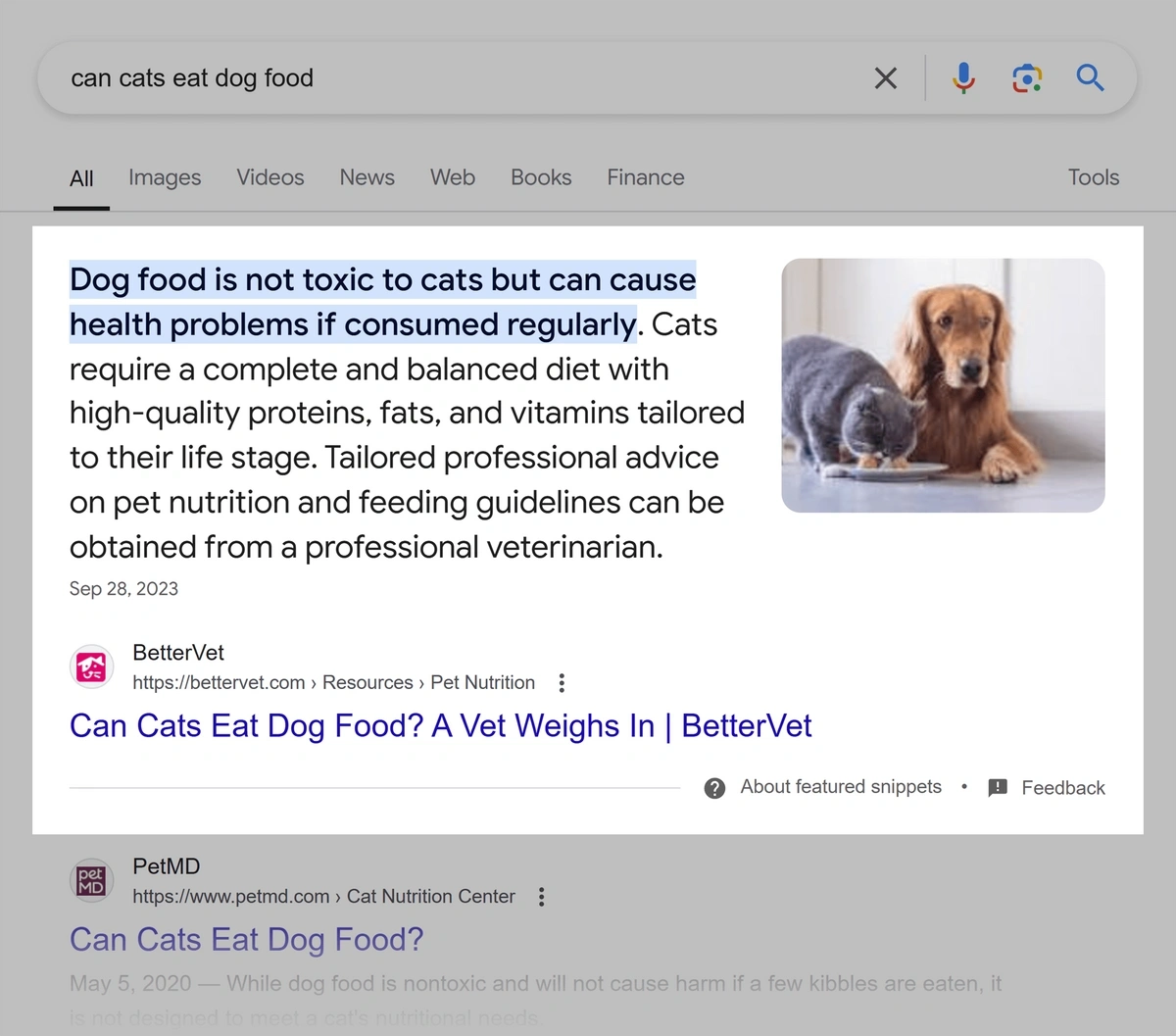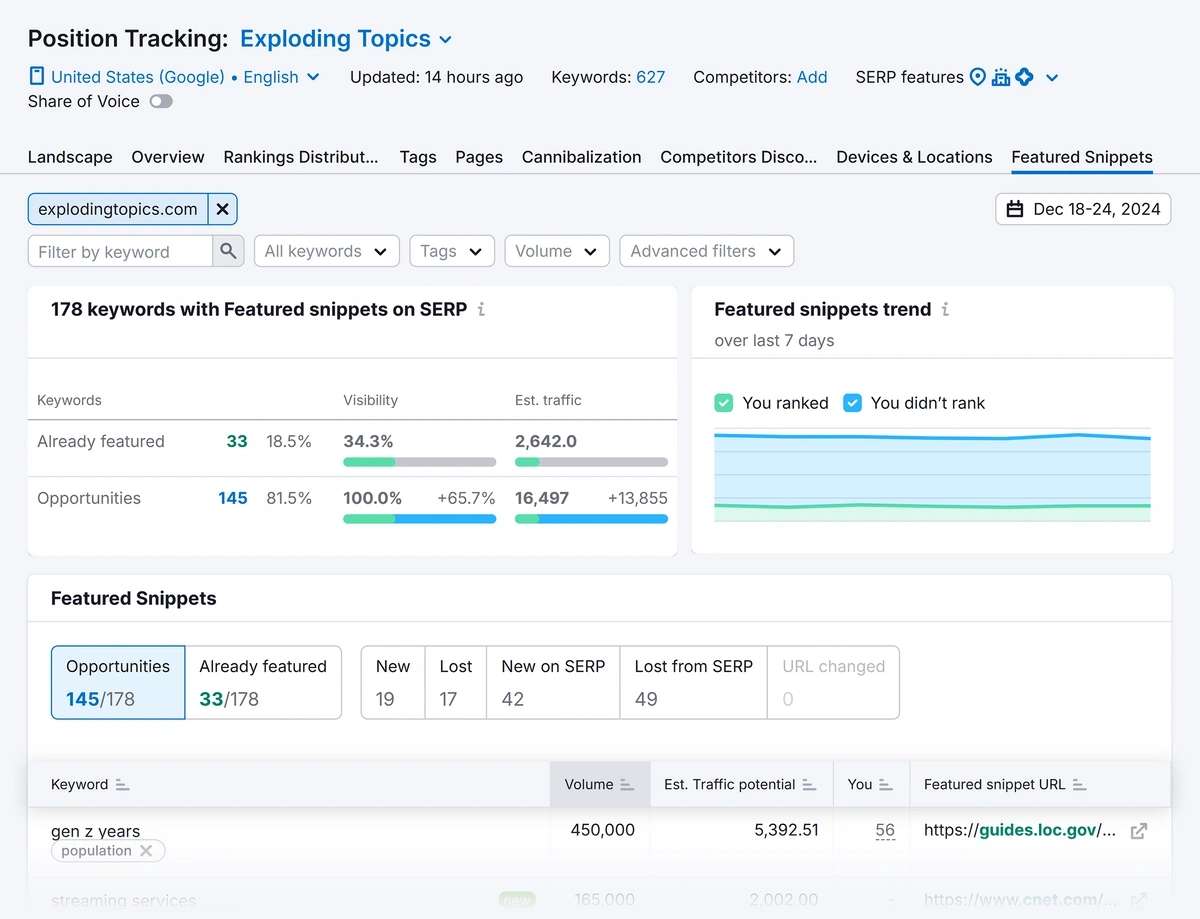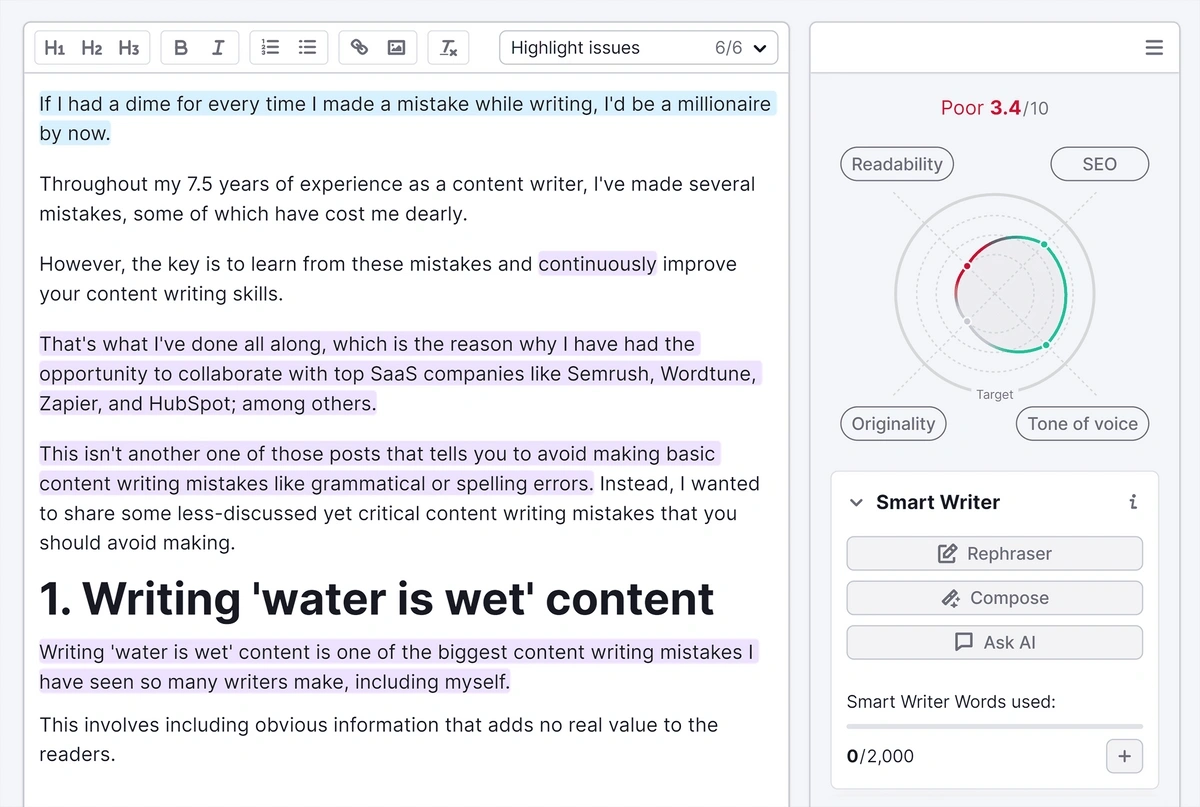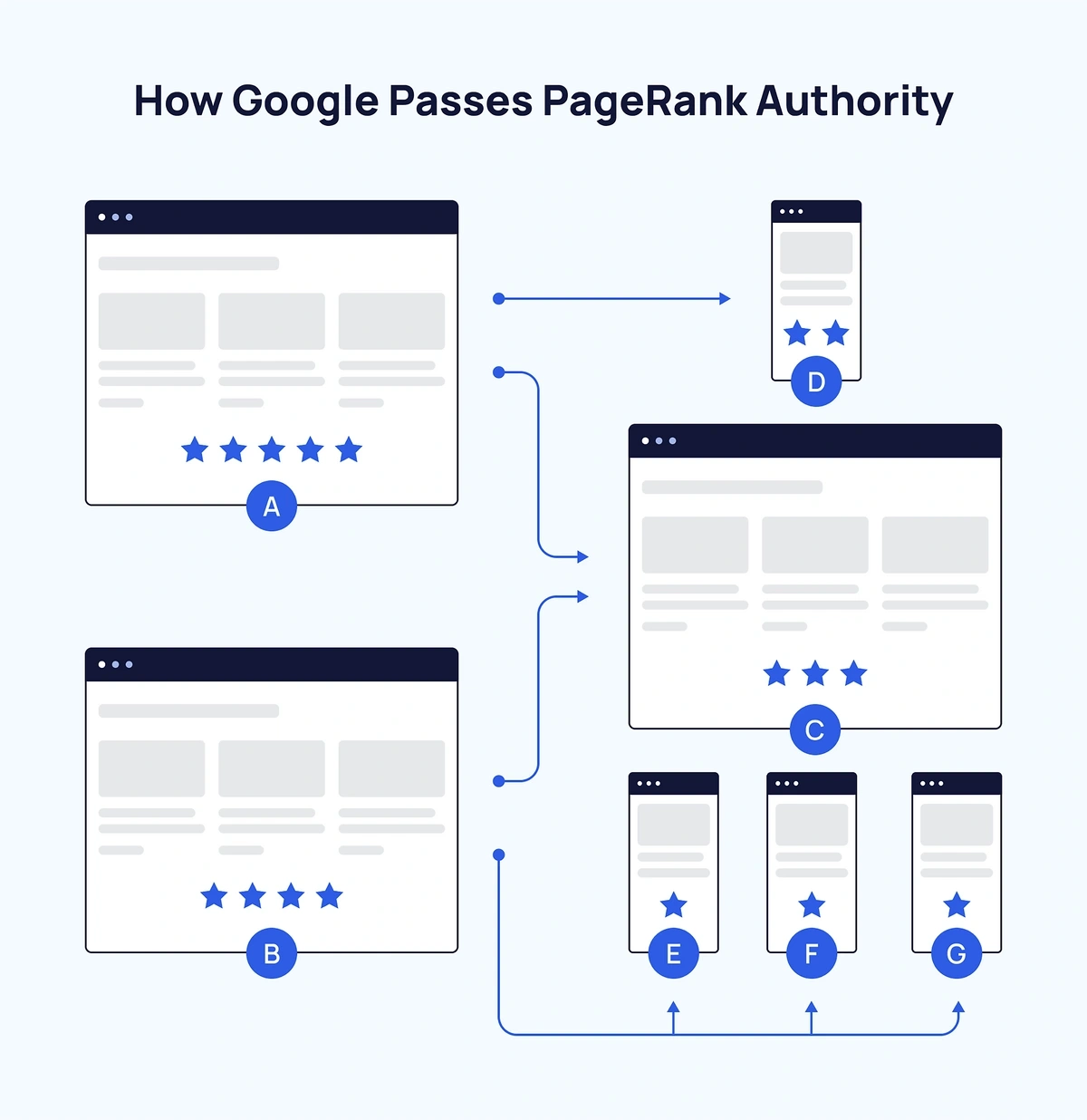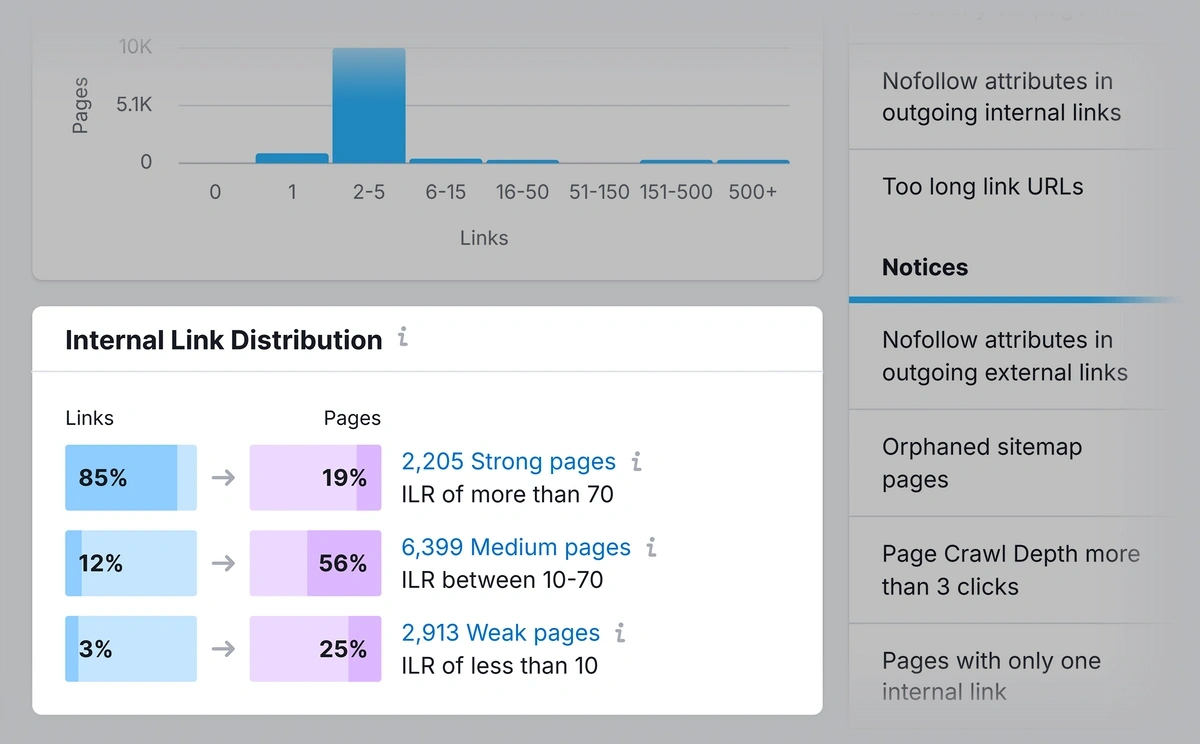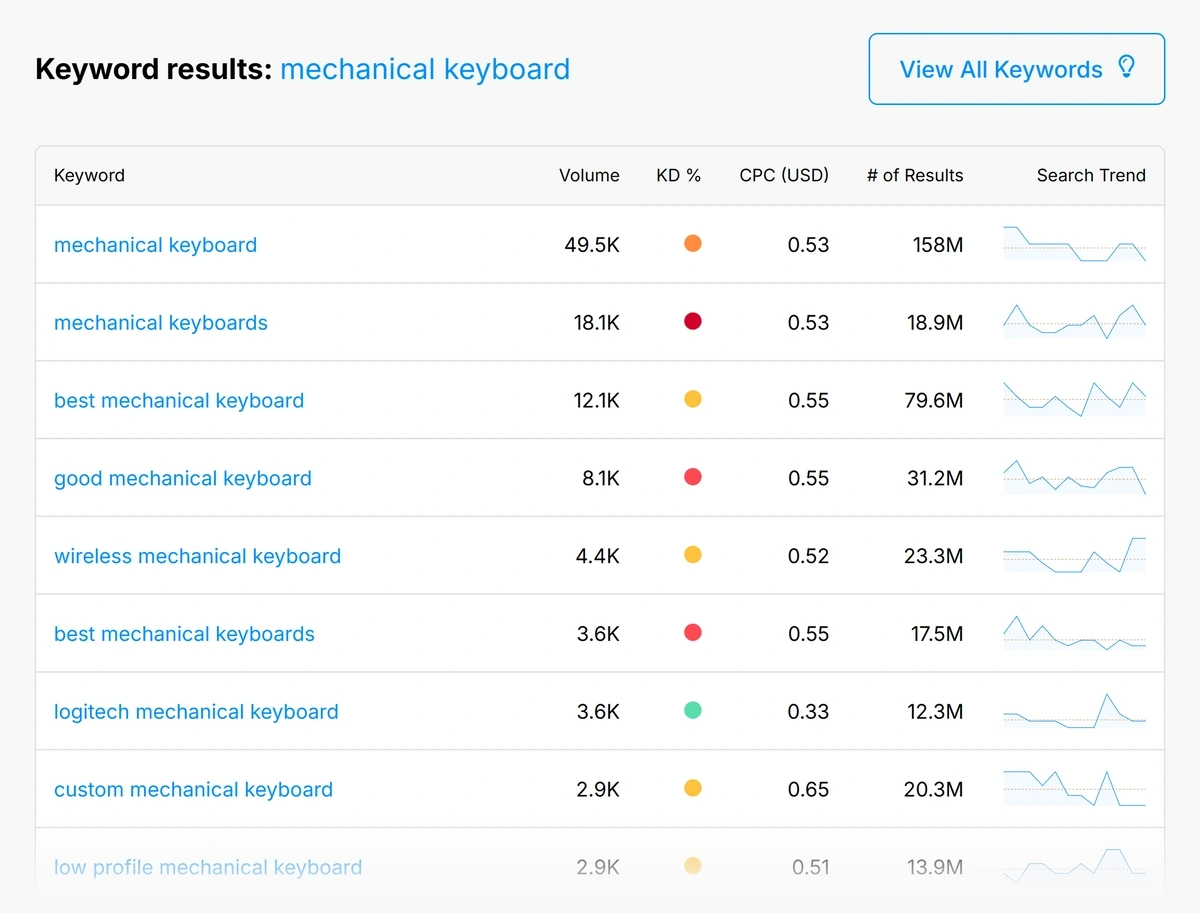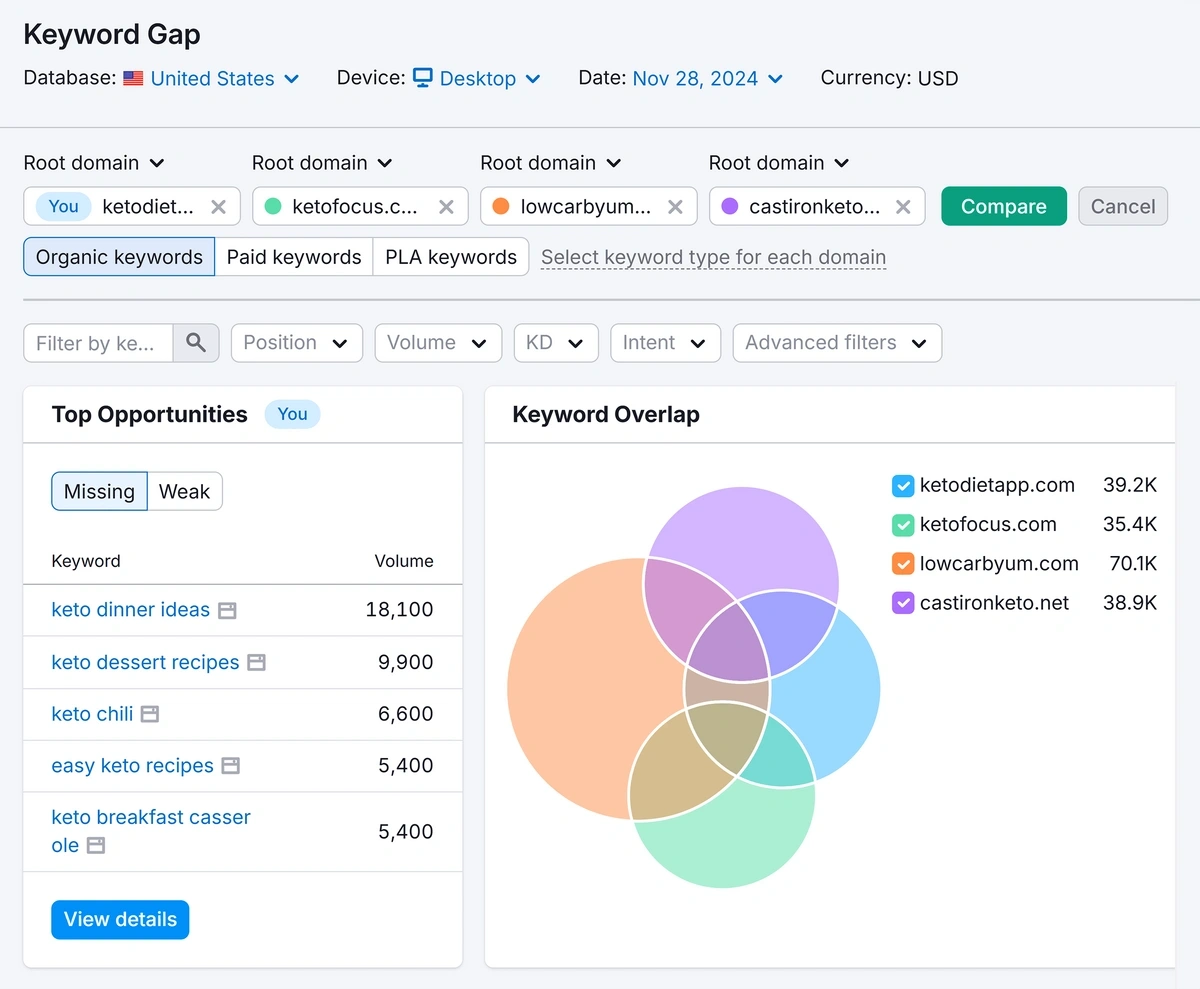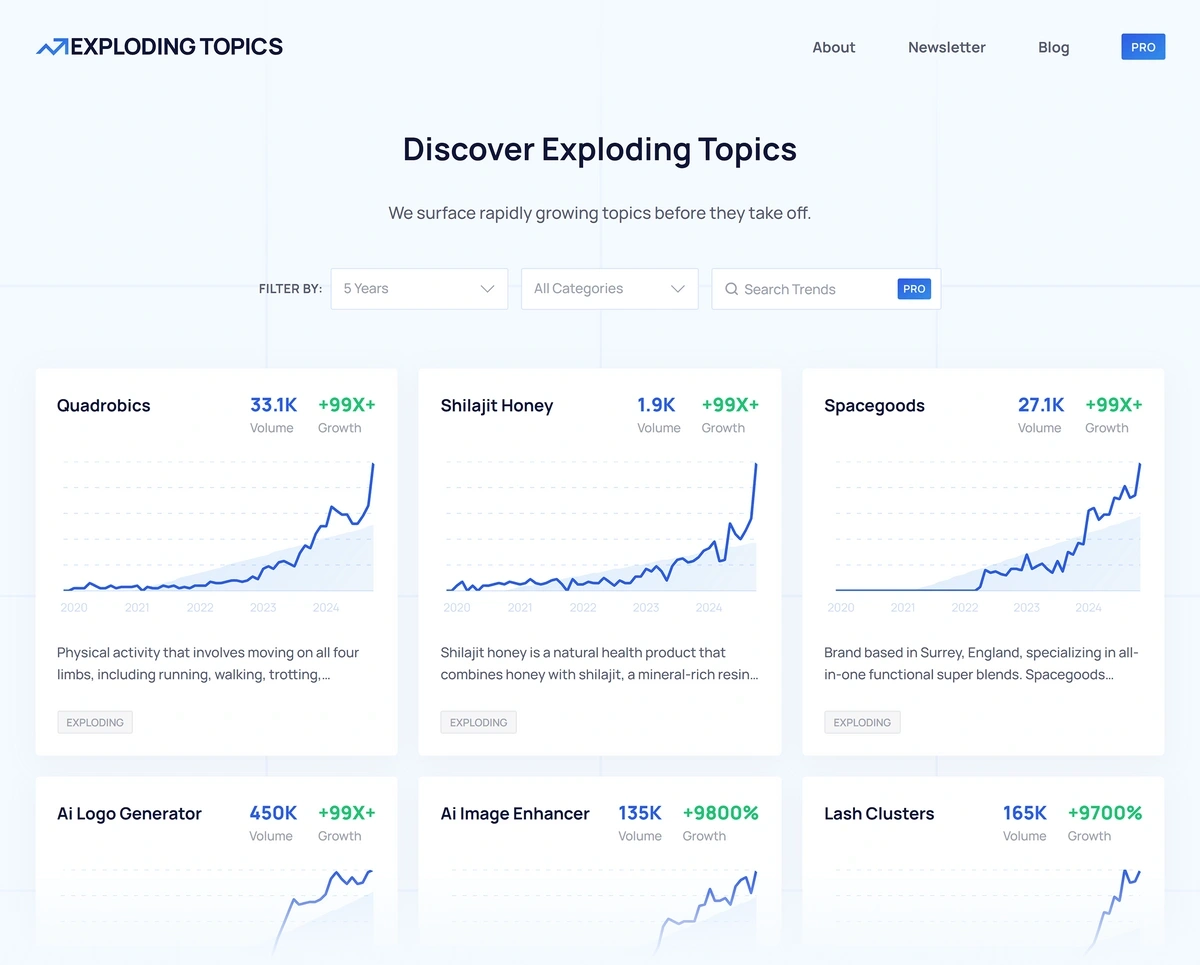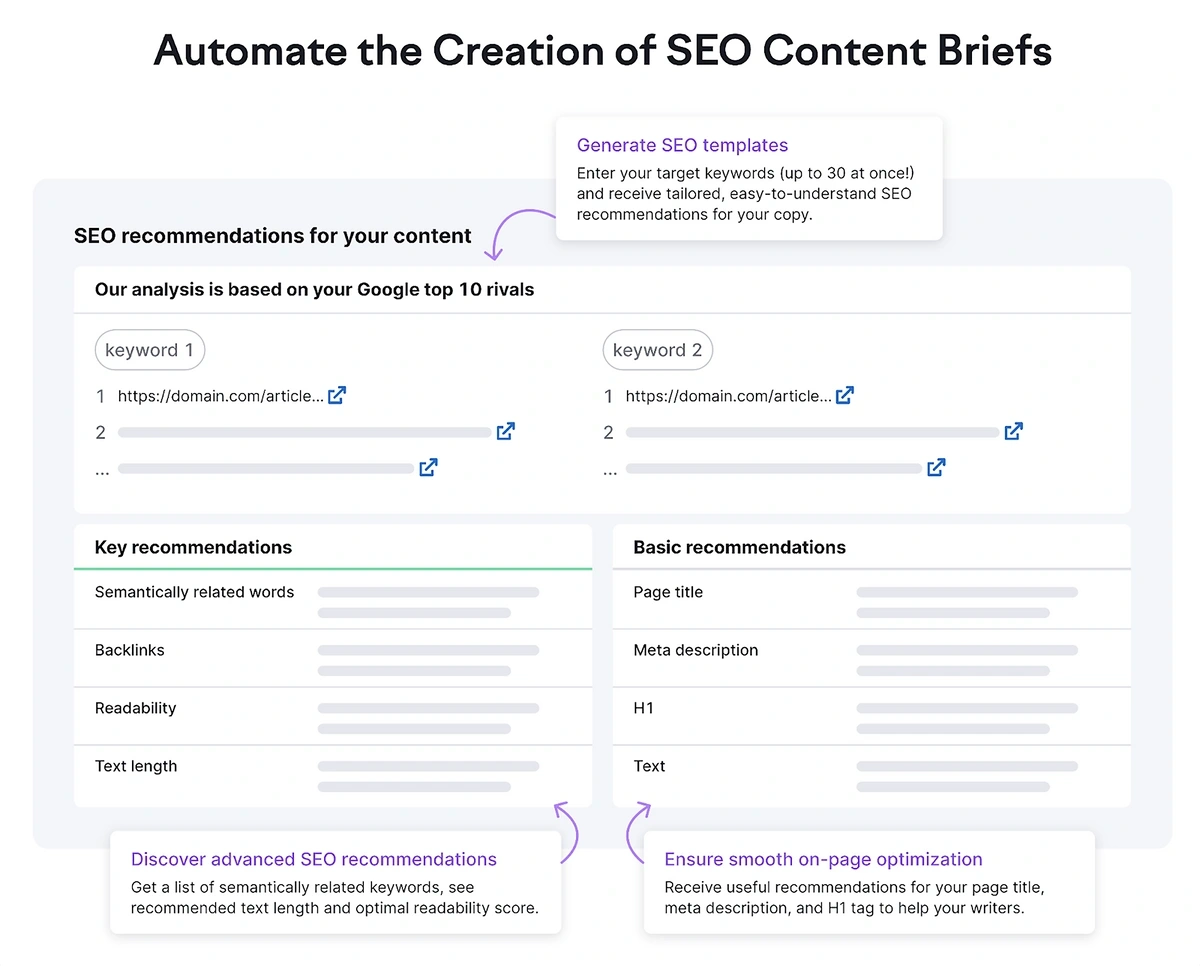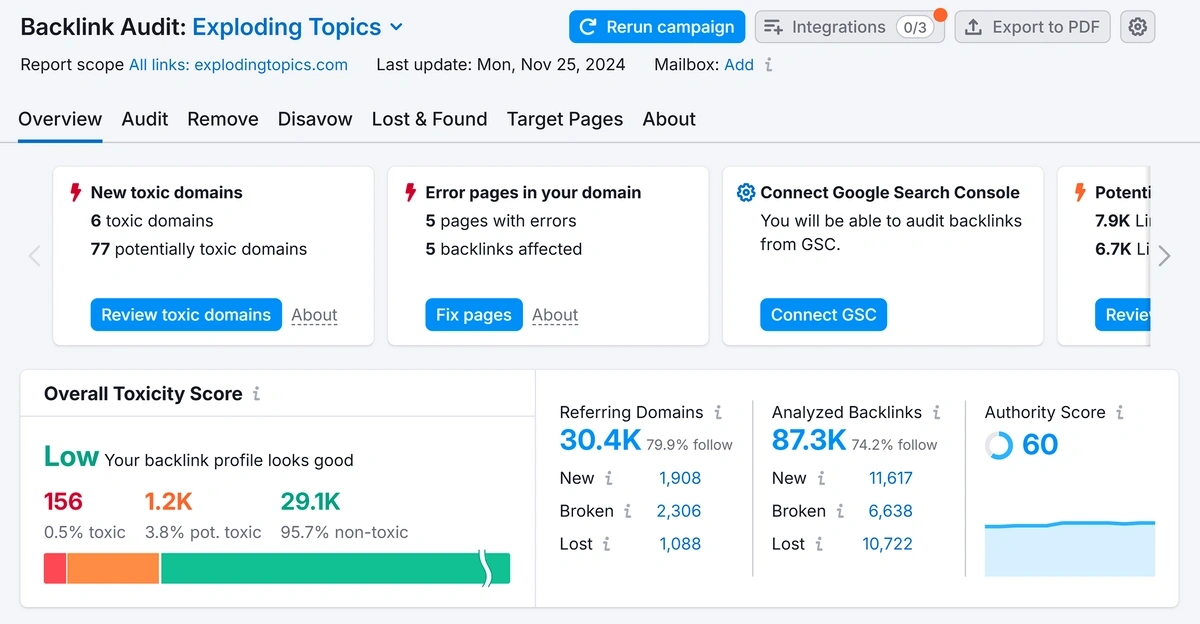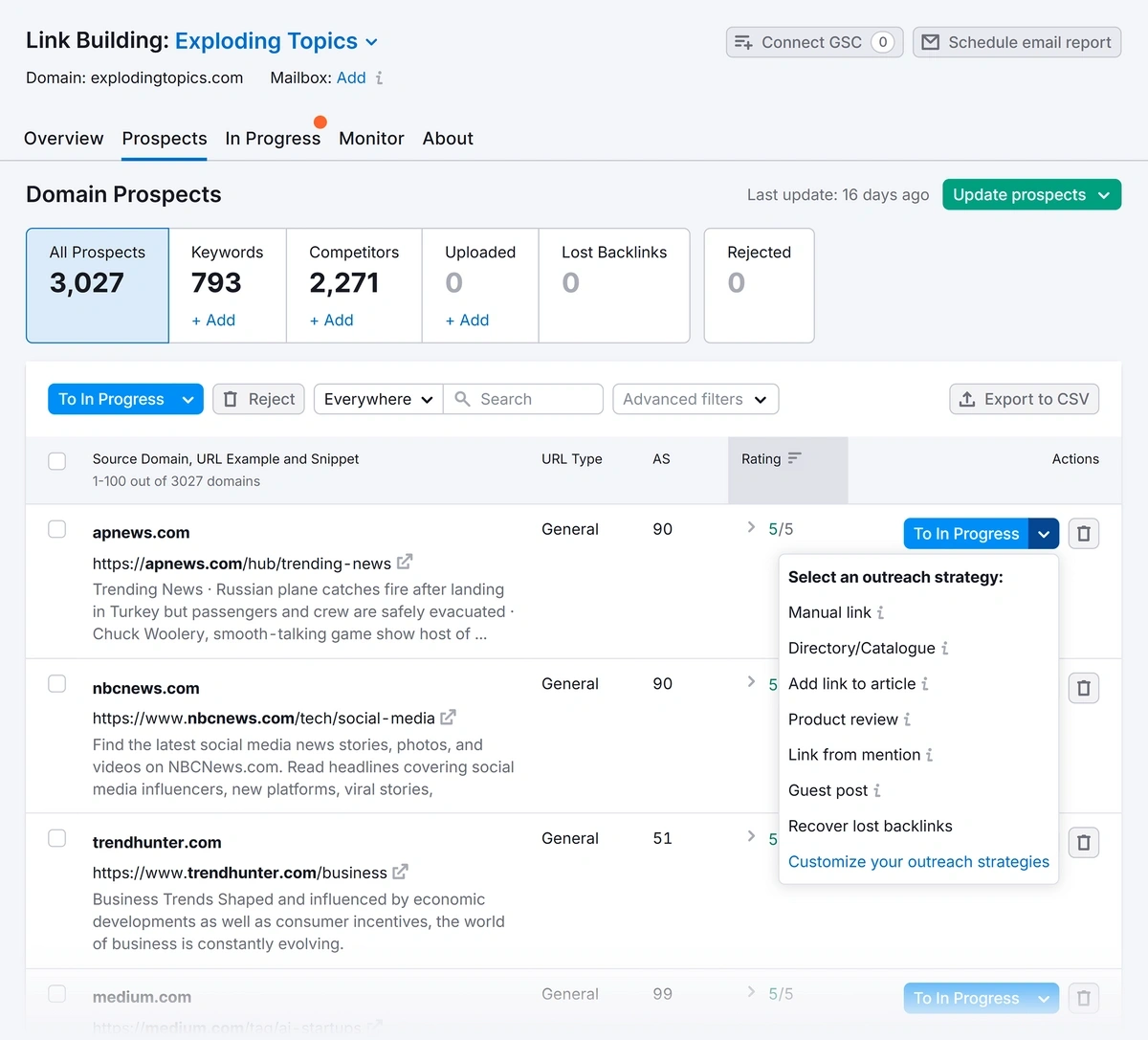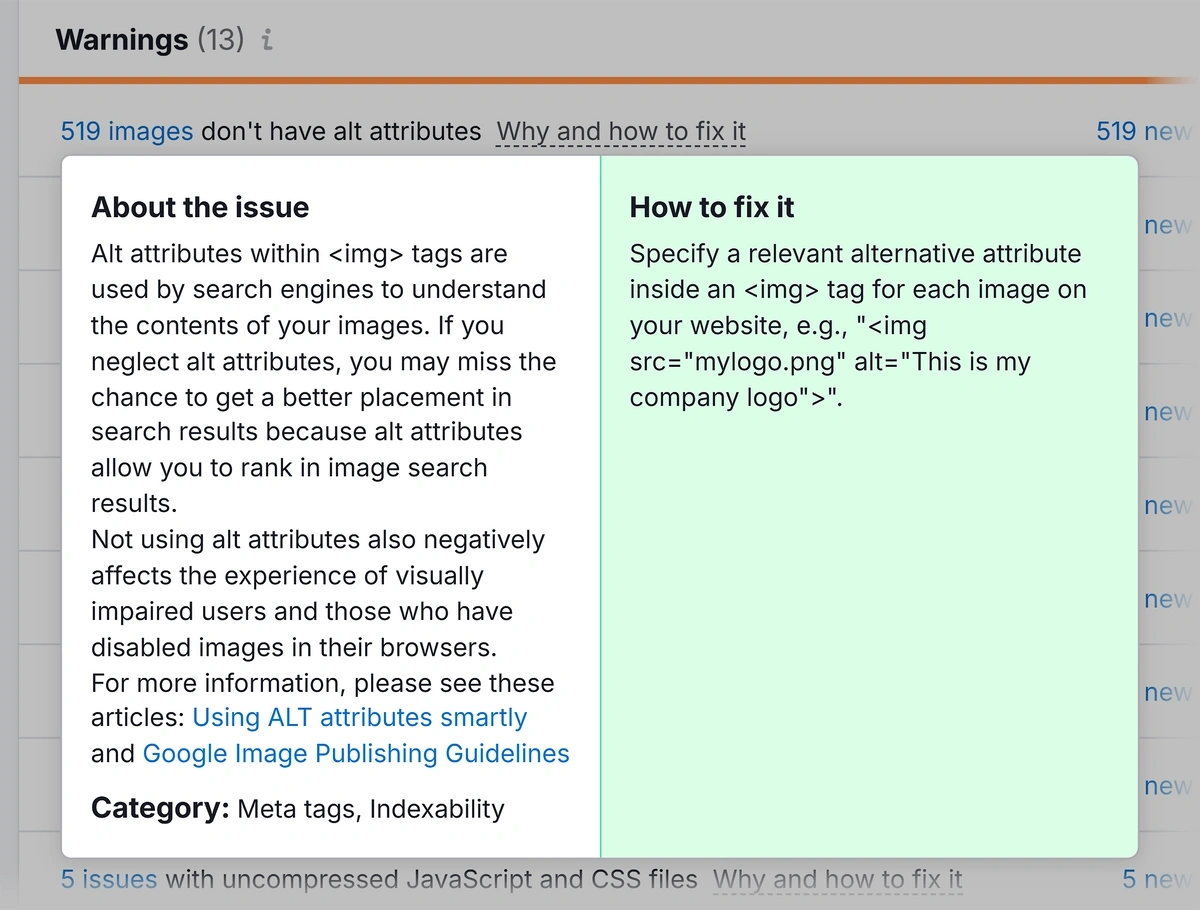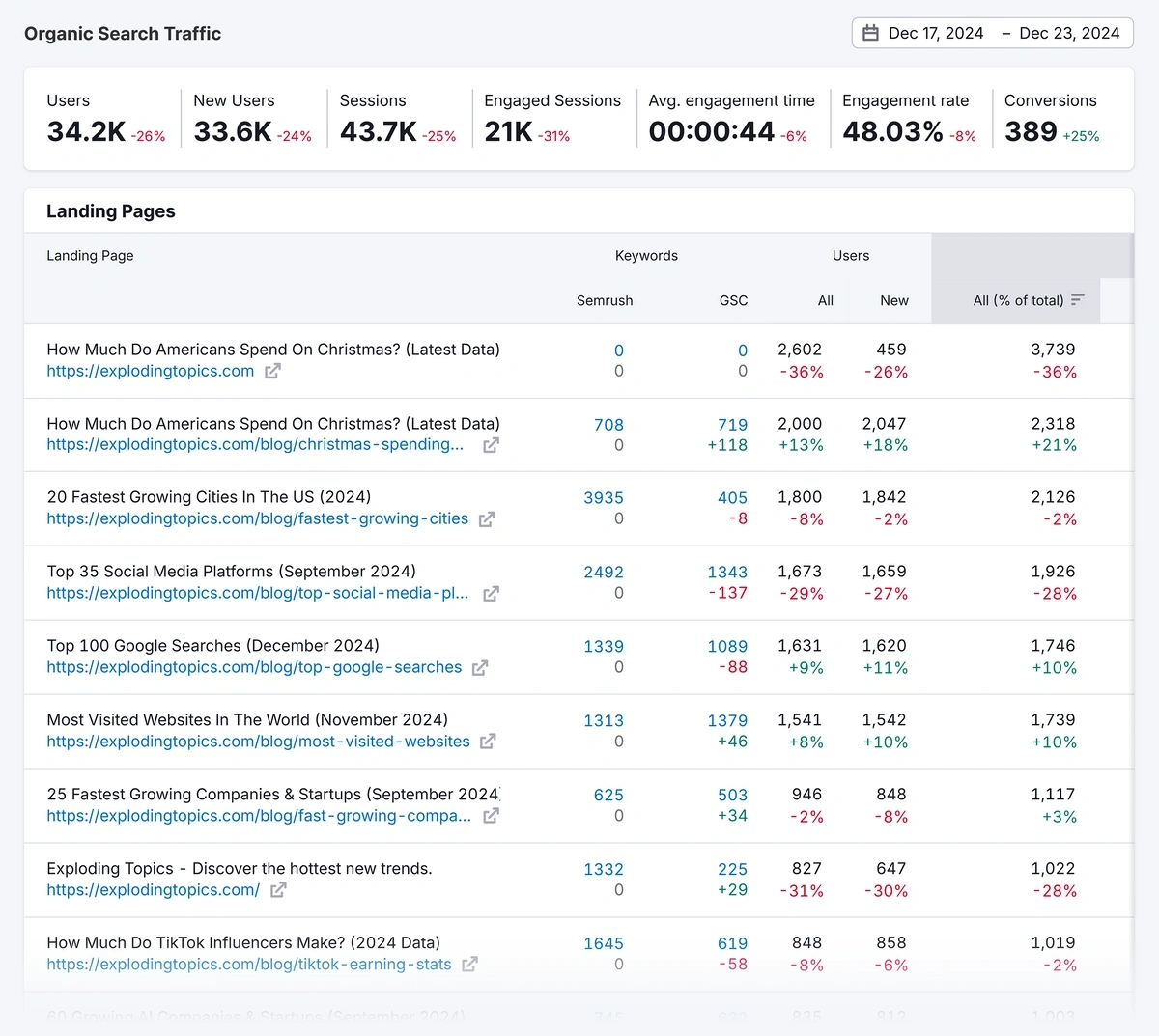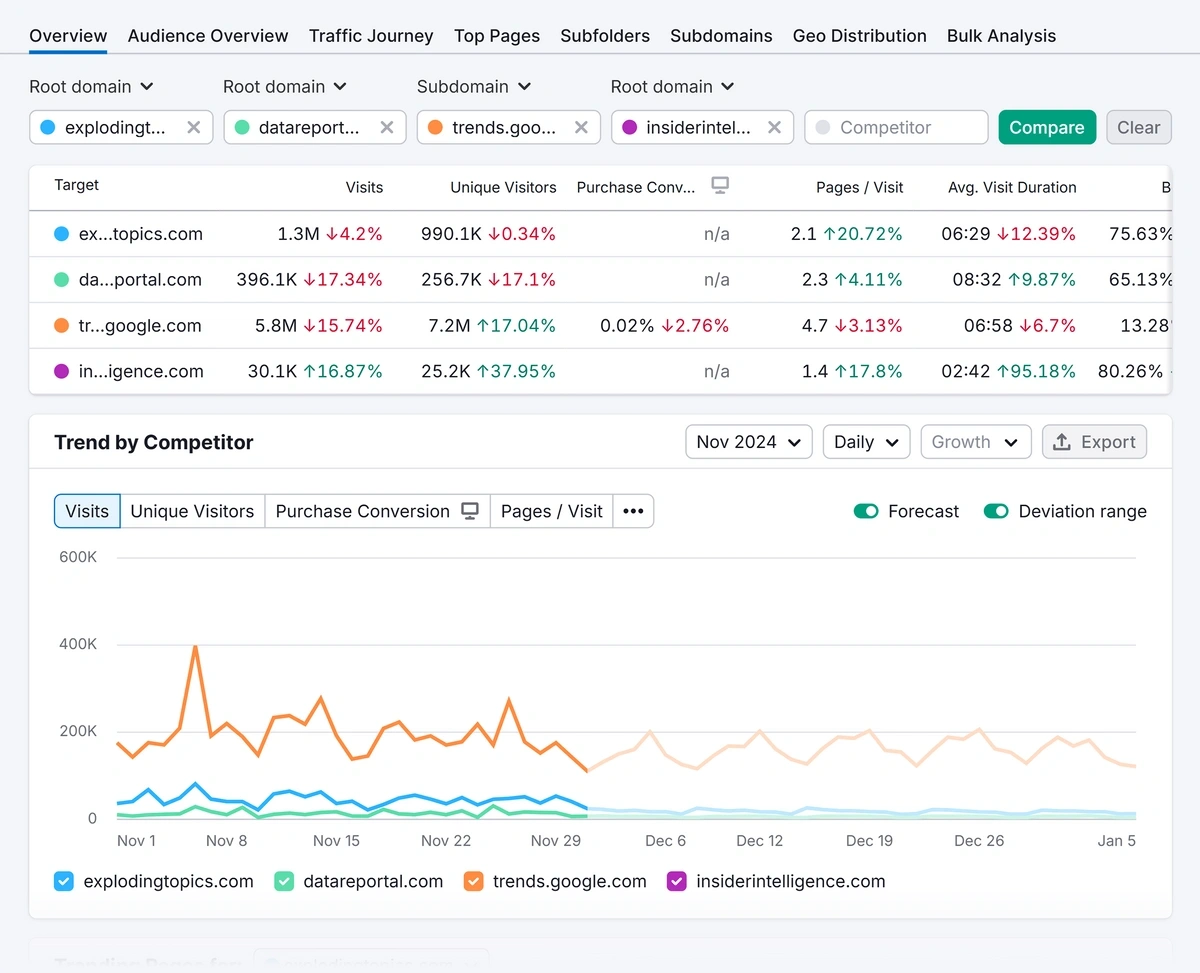
14 Monthly SEO Tasks to Get More Traffic in 2025
Monthly SEO tasks are important to maintain your visibility in search results.
Without a regular review of your site’s content, technical performance, and other factors, you could lose traffic to competitors.
Let’s explore some monthly SEO tasks that will keep your site ranking well and ensure you don’t lose valuable ground.
Do SEO Tasks Need to Be Done Every Month?
Yes. I recommend that you maintain a monthly SEO task list.
In late 2024, Google deployed core updates in August, November, and December. Each time Google updates its algorithms, your ranking positions could change significantly.
And you also need to be mindful of competitors’ articles overtaking you in the search engine results pages.
The Semrush Site Audit sends a weekly report, so you have the option of jumping on issues as soon as you see them.
Let’s move on to look at some typical maintenance tasks, based on the sites I’ve worked with.
SEO Tasks for Monthly Maintenance
Use our list and our free SEO checker to create your own SEO checklist. This will make your monthly work easier and more consistent.
Now, let’s look at the list.
1. Examine Organic Traffic Patterns
Knowing your organic traffic patterns helps you spot trends.
It also tells you what content you can improve to boost traffic from specific keywords.
For example, if a popular page suddenly gets fewer visitors, you can dig deeper to see why the numbers dropped.
While you can track organic traffic in Google Search Console, I like to use Semrush Traffic Analytics as well. It helps me to analyze traffic drops or increases so I can figure out the cause.
In Semrush, you can filter traffic from direct, referral, paid, email, and social media channels.
Click on individual pages to get more detail about each one.
Once you understand the problem, resolve any issues or refresh the content to get the page ranking again.
2. Evaluate Your Rankings
It’s important to know where your website appears in search results for your target keywords.
By checking your rankings, you can see how well your SEO efforts are working.
For example, if your ranking drops for a specific keyword, you might need to update your content. Fresh, high-quality content can help you climb back up.
Semrush Position Tracking is great for keeping an eye on your keywords. You can see how your positions change over time.
You can also view your positions against competitors’ sites.
Reviewing your rankings regularly helps you to catch any keyword position drops quickly.
Then, you can reverse them just as fast by re-optimizing your content.
3. Review SERP Features
Your site can appear in special search engine results page (SERP) features like AI Overviews, snippets or image carousels.
But did you know you can try to capture these features?
Reviewing SERP features each month helps you find new opportunities to stand out.
And you can tailor your content to show up where users are most likely to see it. This makes your site more visible.
For example, you can appear in Google AI Overviews if your content answers the query well.
Comprehensive, well-structured, and high-quality content often appears in AI Overviews.
It also helps to optimize passages to answer the main intent completely on their own.
These self-contained passages are often extracted by AI Overviews to answer the user query.
There are other SERP features that can boost your visibility like featured snippets.
Semrush’s Position Tracking shows you which SERP features your site has—as well as which ones you can aim for.
Simply click the “Featured Snippets” tab to get a full report.
To secure a featured snippet, make sure your content is clear and well-organized. It should also be accurate, simple, and concise.
It's a good idea to make traffic projections and choose the right SERP features to target to make an impact on your search performance.
4. Optimize Outdated or Underperforming Content
Optimizing outdated or underperforming content keeps your site fresh and relevant.
But neglecting older content means it’s likely to fall even further in search results.
Prioritize updating or repurposing content on a monthly basis. This should be part of a comprehensive search engine optimization checklist.
For example, adding recent facts or fixing broken links improves your content. This can bring more visitors to your site.
Semrush’s SEO Writing Assistant can help you update content. You can use it within Semrush, or in Google Docs or WordPress.
It analyzes your content as you write, providing real-time feedback on:
- Keyword usage
- Readability
- Originality
- Tone of voice
Focusing on these areas means you’re more likely to rank for important search queries.
See our review of the top AI tools for writing and SEO.
5. Add New Internal Links
Internal links connect the pages on your site to each other.
Incorporating new links into your content each month helps visitors and search engines navigate from one page to another.
This is important because internal links share authority between your pages. It also makes it easier for people and search engines to find related content.
A well-linked website improves performance and helps customers along their journey.
For example, linking a blog post to a service page can guide readers to learn more about your offerings.
Use Semrush’s Site Audit to find places to add links.
It shows pages that need more connections. It also shows broken and redirected links. You should always fix 404s as part of your SEO strategy checklist.
Don’t forget to add links from older content to your newest content. Fresh content can be some of your most productive—but Google and users need to find it.
6. Research New Keywords to Target
Researching new keywords monthly helps you stay on top of new trends.
It can also help you adjust your content strategy to target keywords with increasing monthly search volumes.
For example, if a new topic is becoming popular, writing about it can attract interested readers. That’s why I recommend adding it to your monthly SEO checklist.
Understanding what people are looking for helps you choose the right keywords.
Use the Exploding Topics free keyword research tool to get started.
Powered by Semrush, our tool provides a list of suggestions based on the seed keyword you provide.
To find out if a keyword is right for you, review the data in each column:
- Volume – the average monthly search volume over the last year
- KD% – a keyword difficulty percentage indicator, showing you how hard it is to rank for that term
- CPC (USD) – the cost per click for that keyword as an ad
- # of Results – how many pages are competing for the term
- Search Trend – a chart of the keyword’s popularity in recent months
The Semrush Keyword Magic Tool gives even more detailed information about each keyword.
You can get 10 free keyword searches per day with Semrush. Or you can sign up for one of their paid plans to get more.
Keeping up with keywords helps your site stay current and reach a bigger audience.
Learn how low-competition keywords can rocket your site to the top of the SERPs.
7. Analyze the Competition
To see what other websites in your field are doing, you need to analyze the competition.
This monthly task helps you stay ahead and maintain a competitive advantage.
Find out which SEO activities are working for your competitors and apply then to your site. Then, improve on their strategy.
For example, if they rank higher for a keyword, you might update your content to compete.
Use Semrush’s Keyword Gap tool to compare keywords and find opportunities.
Enter your domain along with a few competing websites to see where your keywords overlap.
Use this data to see where you might have opportunities to create relevant, quality content for your visitors.
Regularly checking on competitors keeps you informed. It’s a smart way to keep your site ranking above rivals.
8. Keep Up With Trends
Trends are constantly changing. You need to be aware of new developments in your industry.
You also need to know how customer behaviors are evolving.
News, events, and updates can pop to the top of search results and be featured in rich snippets.
Once you understand trends in your industry, you can write about topics people are searching for before your competitors pick up on those topics.
Exploding Topics Pro can help you find these emerging trends.
Find subjects that will be popular with your audience. Then, write content to capture the rising interest.
You can track trending companies, products, topics, and more.
Staying familiar with industry trends on a monthly basis can provide both immediate and long-term wins.
Sign up for our weekly newsletter to get reports on new trends as they appear.
9. Produce New Content
Adding fresh content every month keeps visitors coming back.
It also shows search engines that your site is active, which improves your ranking.
For example, a new blog post can attract readers and encourage them to explore your site.
Balance adding new content with updating old pages. This keeps everything on your site fresh and relevant.
If you need help planning content, use Semrush’s SEO Content Template to create briefs.
Each content brief provides recommendations for:
- Keywords
- Related words and phrases
- Length
- On page SEO enhancements
- Meta tag elements
- Body text language
Adjust these recommendations as needed to fit your content strategy and audience needs.
Regularly adding high-quality content each month will spur ongoing SEO success.
10. Audit New and Lost Backlinks
It’s important to audit your backlinks every month to manage your site’s reputation.
- Good backlinks from trustworthy sites improve your ranking.
- Lost or bad links can hurt it.
For example, links from sites with a high domain authority score can be beneficial.
If a link is removed, you may need to find new opportunities.
Semrush’s Backlink Audit tool helps you see your backlink profile. It shows where you can build more links.
Don’t forget to disavow links from spammy and low-quality websites.
Keeping track of backlinks regularly is essential for maintaining and improving your website’s authority.
And it prepares you for the next task.
11. Conduct Link Building Outreach
Reaching out to other websites to get backlinks is a time-honored part of SEO.
Link building is important because it tells search engines your site is valuable.
Spending time each month doing backlink outreach will help your site rank higher in search results.
Greater search visibility means more organic traffic. And your backlinks can drive new referral traffic.
It’s a win-win.
One way to get backlinks is to write a guest post for another site and include a link back to yours.
This also helps showcase your expertise and authority in your field.
Use the Semrush Link Building Tool to manage your outreach efforts.
When reaching out, remember to:
- Personalize your messages.
- Offer something valuable, like quality content.
- Be polite and professional in your follow-ups.
Monthly efforts on link building helps your site keep growing over time.
12. Check for Errors and Technical Issues
Check for errors and technical SEO issues every month to find—and fix—problems.
Fixing errors improves user experience. Problems like broken links can frustrate visitors.
It also ensures that you keep your pages ranking high.
For example, a missing page might make people leave your site quickly.
Site speed and mobile-friendliness are important, too. A slow site can drive visitors away, and you might see signs of a problem if there’s an increase in bounce rate.
Use tools like Google’s PageSpeed Insights to check your site’s performance.
Semrush’s Site Audit Issues Report can give you additional ways to tackle errors and warnings.
Just click on an issue to learn why it’s a problem and what you can do to fix it.
Don’t ignore issues until they become out of hand!
Monthly technical SEO maintenance keeps your site healthy and ranking highly.
13. Improve Site Speed and User Experience
Users want fast, simple, user-friendly sites.
Providing a great user experience (UX) not only keeps visitors happy—it can also be a ranking factor.
But slow sites turn people away. For example, if one of your pages takes too long to load, a user might hit the back button and find another resource.
Semrush Organic Traffic Insights can show you how users behave on your site.
Look for:
- Changes in page views or time spent on pages
- Fewer engaged sessions
- Lower engagement percentage
- Fewer conversions
- Changes in page speed
- Visits from desktop vs mobile devices
Any of these metrics can indicate that something on your site or a specific page is affecting UX.
Paying attention to key performance metrics every month helps you keep visitors coming back.
That can lead to higher search positions.
14. Benchmark Performance
Benchmark your website’s SEO performance from one month to the next.
Tracking progress shows you where to focus your efforts. For example, if you see more organic traffic this month, you know your strategies are paying off.
You can benchmark progress in multiple ways:
- Use My Reports in Semrush to look at important data like rankings and traffic
- Semrush’s Traffic Analytics Benchmark Report helps you plan for next month
You can also measure SEO performance against competitors.
Prioritize the pages on your website that need improvement.
For example, if you’re getting plenty of visitors, but session duration is down, work on improving engagement on those pages.
Benchmarking monthly can help you continuously improve your site.
Start Your Monthly SEO Task List Now
SEO maintenance is essential in keeping ahead of new user behaviors, emerging trends, and changing search engine algorithms.
Having a list of monthly SEO tasks to perform is a great starting point.
Simplify your SEO efforts today with Semrush and Exploding Topics Pro—your tools for achieving ongoing results and reaching your target audience.
Stop Guessing, Start Growing 🚀
Use real-time topic data to create content that resonates and brings results.
Exploding Topics is owned by Semrush. Our mission is to provide accurate data and expert insights on emerging trends. Unless otherwise noted, this page’s content was written by either an employee or a paid contractor of Semrush Inc.
Share
Newsletter Signup
By clicking “Subscribe” you agree to Semrush Privacy Policy and consent to Semrush using your contact data for newsletter purposes
Written By


Claire Broadley is the Lead Editor and AI Content Strategist at Exploding Topics, where she oversees editorial workflows, AI SEO s... Read more


